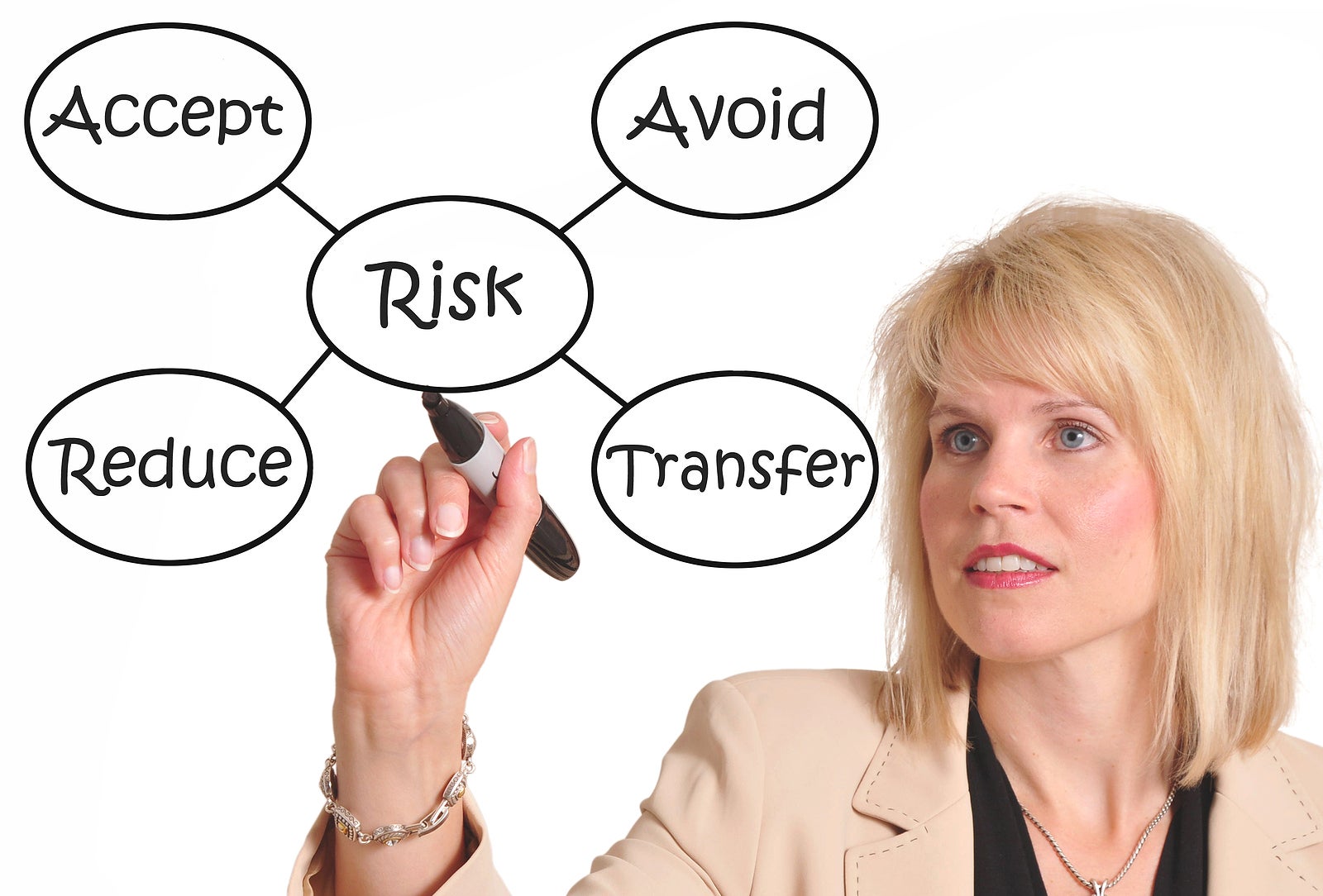Here’s Your Guide to Choosing 3rd-Party Risk Management Tools
By: Ryan Kidman

You can’t work with vendors or other third parties these days without assuming some amount of risk — and as these vendor supply networks grow more and more globalized, that risk increases. Even though a vendor might be located in another country, they could still be required to adhere to U.S. regulatory guidelines, and it can be harder to check up on vendors the further away they are.
But the result of poor third-party risk management could be regulatory sanctions, cyber security attacks, supply chain disruptions, and website outages. Third-party risk management software can help you track a growing list of third-party vendors and suppliers, and ensure that everyone is in compliance with current regulations and taking the right precautions to protect themselves, and you, from cyber-attacks. Here’s how to choose the right software tool for your company.
Know What You Need
Your third-party risk management needs will vary, depending on your industry and perhaps the size of your vendor network and their locations. If you’re in the finance industry, for example, your organization may need to consider stringent regulatory guidelines that govern how third parties can handle clients’ money, or financial or personal information. If you run a vegetable market, though, your third-party risks may be more along the lines of supply chain disruption. In either case, you can mitigate your risks with the right software tools.
To figure out what you need from a third-party risk management software, you can use a risk management questionnaire to assess the level of risk a given third-party vendor can bring into the organization. Send the questionnaire to your third-party vendors to get an idea of where they are in terms of mitigating sources of risk in their organizations, and what you can do to fill in the gaps.
Allow for Scalability
When you’re choosing a third-party risk management software, you should keep in mind whether, and how much, your list of third-party vendors and suppliers might grow. If you think you’re unlikely, for whatever reason, to increase your third-party vendor relationships that much, you may not need to prioritize scalability.
But if you, like most business owners, plan for that business to keep growing, you’ll need a software tool that’s scalable to a growing list of third-party vendors, like the software from Prevalent (https://www.prevalent.net/use-cases/it-vendor-risk-management/).
Of course, if the business shrinks or changes focus or the third-party vendor list gets smaller, the software needs to be able to easily absorb those changes, too.
Let Vendors Self-Report
As your business grows and your vendor list becomes longer, you’ll find that it’s much easier to allow vendors to self-report their compliance rather than having to chase them up for it. The larger your company becomes, the more time you’ll save if vendors are allowed to self-report their compliance and risk management strategy. Rather than having to dedicate employees and effort to reaching out to vendors and conducting reports, you’ll be able to focus on other things and collect the reports as they come in.
Take Advantage of Automation
The more processes a software will allow you to automate, the more time it can save without sacrificing effectiveness. Emails and logs are two common processes that can easily be automated to save employee time while maintaining regulatory compliance goals regarding contacting vendors and managing vendor risk.
Assessment and reporting should also be automated as much as possible, not least of all because automated assessment basically amounts to continual monitoring of vendors’ situations in order to flag areas of potential risk. Software should be capable of filtering through vendor information in order to identify areas vulnerable to further risk and flag them for possible security patching.
Third-party risk management software is often the only way you can monitor the way that third-party vendors do business and identify the areas of potential regulatory and reputational risk for your company. When third-party risk management software doesn’t have the scalability and features you need, your company could wind up vulnerable to regulatory sanctions, reputational damage, cyber-attacks, and more.
The right software can make managing third-party risks an easier prospect, especially as that list of third-party vendors grows. Take your time to select a software solution that has the features and capability you need, and mitigate the risks of an extensive network of vendors.
2282 Views












